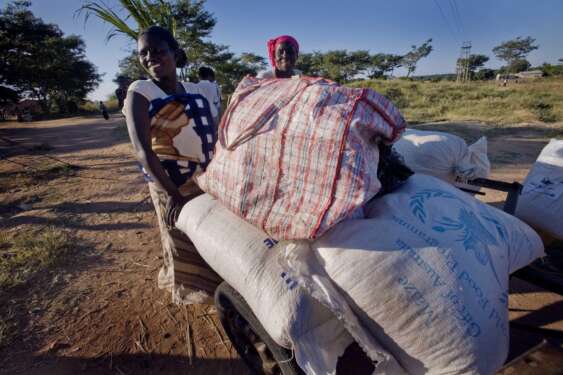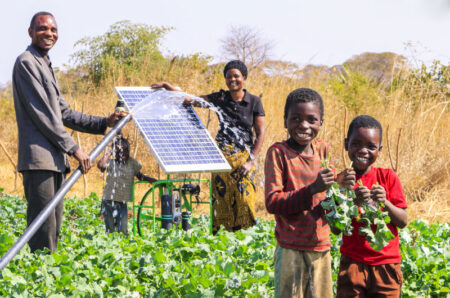Over $50 billion worth of aid is poured into Africa every year. Most of it is targeted towards poverty reduction, hunger, and achieving sustainable development goals. Yet Africa remains among the poorest of the poor. The level of disease still continues to stay high and mortality rates remain high. Unemployment levels are soaring and the
[elementor-template id="94265"]











